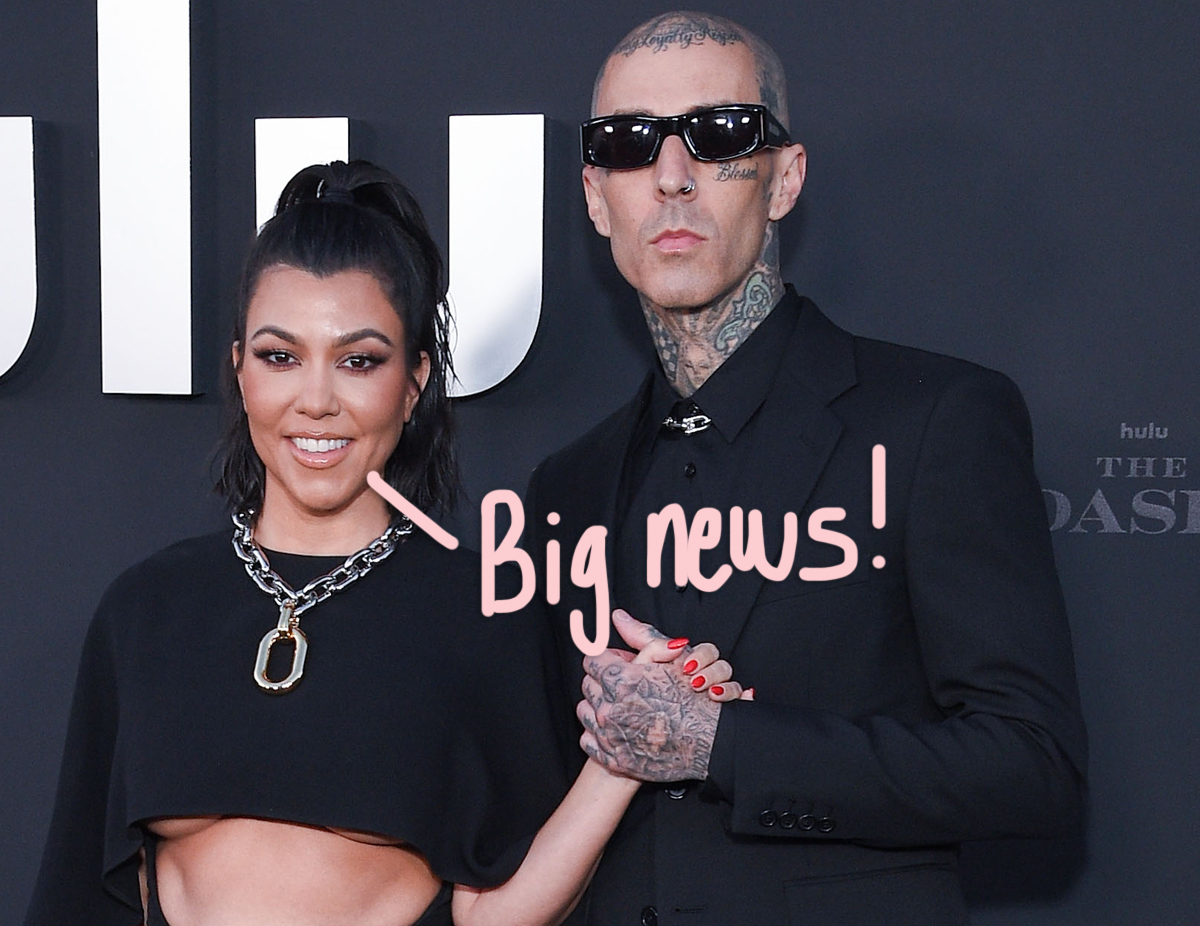In the pantheon of cool horror movie locations, the bowling alley is an overlooked gem. Unsurprisingly, the tendency to feature a disembodied body part being flung down the lane means that such films are frequently horror comedies (think Anna and the Apocalypse, Cabin Fever, Sorority Babes in the Slimeball Bowl-O-Rama and Fright Night 2).
Last Night at Terrace Lanes adopts a slasher approach (see: Gutterballs – or don’t), but maintains a humorous tone. The film, from director Jamie Nash and written by YA horror author Adam Cesare (working from a story by Jenna St. John), has a great logline: what if a killer cult attacked a bowling alley?
Sadly, the finished product struggles with its execution, leading to a decidedly mixed comedy slasher.
It’s the last night of business at Terrace Lanes, an aged bowling alley scheduled for demolition. Among the employees and the regulars bowling one last time, there’s Kennedy (Francesca Capaldi), a queer teen looking for some solo time with her crush Tess (Mia Rae Roberts). Unfortunately Tess has invited two boys – nice guy Pete (Lucas Sanchez) and asshole Cody (Elias Arnold) – for an awkward double date.
And that’s before the uninvited guests arrive for the evening: a group of murderous cult members dressed in identical blue tracksuits and white masks, intent on killing every single person on the premises.
For those familiar with Cesare’s Clown in a Cornfield series, Terrace Lane offers plenty of overlap in terms of narrative, tone and character. In the books, small town teens are preyed upon by a killer in a clown costume in what is eventually revealed to be a larger conspiracy.
Last Night at Terrace Lanes uses the same formula, though the presence and size of the cult is immediately evident by the opening scene in which a white van full of members abducts and murders a man (Sam Lukowski) off the street.
The group is acting on orders from their leader Dove (Christopher Walker), a numbers-obsessed figure who directs them to Terrace Lanes for a mission with a fixed deadline. Following the initial massacre (which occurs at roughly the half way point of the seventy-five minute film), the survivors must hide, seek an exit, and/or fight back using weapons available in a bowling alley.
Among the living is Kennedy’s estranged father, Bruce (Ken Arnold), an employee at Terrace Lanes. Naturally Bruce has a fraught back story with his daughter that becomes the centerpiece of the film’s narrative and emotional arc. Arnold and Capaldi’s scenes together are easily the most successful part of the film, so while the family conflict isn’t breaking new ground, the father/daughter relationship works to generate audience investment in their survival.
Initially it seems as though the film will subvert expectations about who lives and who dies, but very quickly it becomes clear that only Kennedy and Bruce matter. The romance between the girls is treated as a secondary plot and Tess is almost immediately relegated to damsel in distress. This would be more frustrating if she were a proper character, but outside of Arnold and Capaldi, none of the actors make much of an impact.
This frustratingly extends to both Terrace Lane’s other employees (all of them Red Shirts), as well as the cultists. Several of the killers have unique identifiers, such as a fanny pack or glasses, but this never amounts to anything. Outside of a shrug-worthy joke involving a cultist missing a kill due to his dirty glasses, the killers have no personality or individuality. Visually the group makes for an intimidating bunch when they congregate, but the effect is dampened the further the film progresses as the emphasis shifts to Dove and his sermons.
The main joke is that they’re driven by math and spirituality. We see coordinated watches used to synchronize their movements, a crystal is used to select the first victim, and Dove regularly speaks in math-based terms (at one point, he calls the survivors “variables” and “rounding errors”). It’s a one-note joke that is clearly intended to pay off in the climax, but it’s never as funny or interesting as the production believes it is.
Therein lies the film’s biggest hurdle: the ambition and the ideas are present, but the execution is lacking. Nash’s direction is relatively flat, so action sequences lack energy and while there are plenty of murders, they’re mostly gore-free and frequently occur off-screen. Add in questionable editing decisions, such as several fades to black in the last act that drag down the pacing, and Last Night at Terrace Lanes lacks technical polish.
On the plus side, the film features several sequences that make good use of Kennedy’s bowling talents (once in the lanes; once in a hallway of all places). These moments, as well as Capaldi’s inherent likeability, ensure the film is watchable, and even fun at points.
Overall, the premise and the father/daughter backstory in Last Night at Terrace Lanes are both solid. It’s the technical elements – direction, framing, editing, pacing and gore – that let the film down and prevent it from working as a cohesive whole.


























































![Mason Ramsey – Twang [Official Music Video] Mason Ramsey – Twang [Official Music Video]](https://i.ytimg.com/vi/xwe8F_AhLY0/maxresdefault.jpg)























